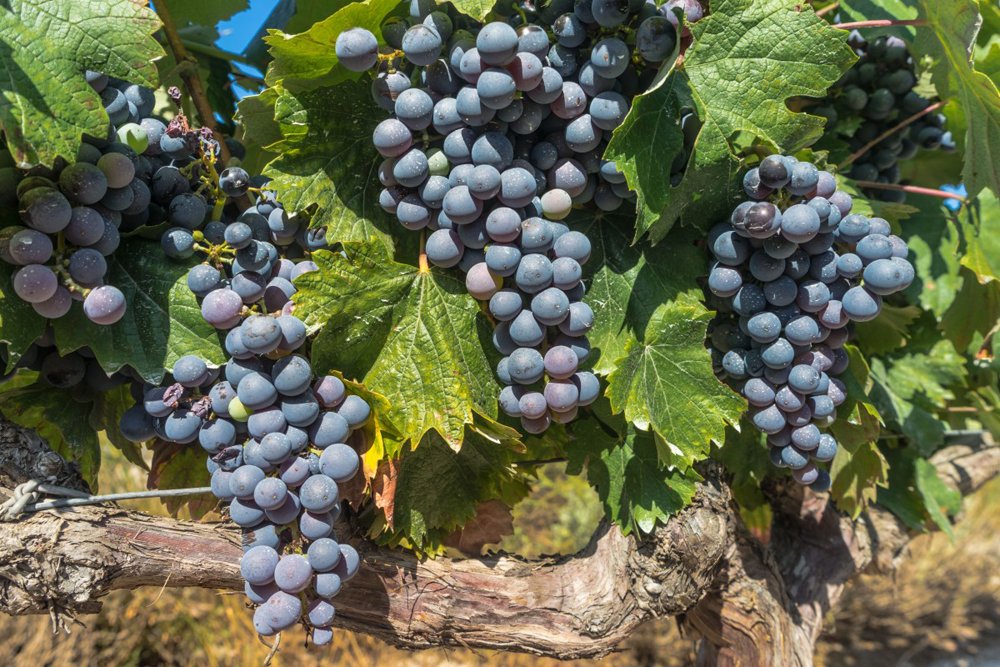
Wine and climate change
- Records of the grape harvest have been kept in the wine village of Beaune (Burgundy, France) for almost 700 years since 1354.

According to a study published in the journal European Geosciences Union, the analysis of all these data has led to the conclusion of the influence of climate on wine. For example, in 1540 it was very hot and the harvest was brought forward for several weeks. This conditioned the taste of wine: when grapes are harvested early it is difficult for the wine to achieve a characteristic taste and, if raised late, it is usually sweeter and more alcoholic.
Climate change has meant that since 1988 the harvest has been advanced by an average of 13 days in Burgundy. It is expected that from now on they will have to go much further and, therefore, the taste of wine will be very different.